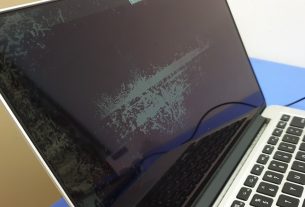Digital pollution is a less visible type of pollution, but just as present as the others. Did you know, for example, that a classic e-mail produces about four grams of CO2, the equivalent of a low-consumption light bulb that we would turn on for six minutes? In order to limit this pollution, however, there are a few simple things to do, especially at the level of online storage spaces.
Raising awareness of data cleaning
The environmental impact of digital or digital pollution includes all the effects of information and communication technologies on the environment. This can be the electricity consumption of the systems, the use of raw materials and energy for their manufacture or their transformation into waste. Data exchanges such as e-mails also enter into the accounting for these effects.
In 2018, the NGO Carbon Literacy Project published quite impressive figures. While sending a standard e-mail consumes an average of 4 g of CO2, sending an e-mail with attachments (e.g. with a 1 MB photo) can consume up to 50 g of CO2. However, a simple spam e-mail would consume only 0.3 g of CO2.
Recently, the third edition of Cyber CleanUp Day took place, an event dedicated to “data cleaning” organized in Belgium, France and Switzerland by the World Cleanup Day association and the Reasonable Digital Institute (INR). This event included an operation to raise awareness of the environmental footprint during which participants learned simple actions to delete data that consumes too much energy.
Many gestures as simple as they are useful
Let us cite the example of the city of Mulhouse, which launched a challenge to its inhabitants and businesses during the operation. The objective was then to free up at least 150 GB of data in just a few days, simply by performing deletions on online storage spaces. However, among the data in question, it is possible to cite e-mails that have been read for a long time and which are no longer really useful today. This also includes cleaning the “trash” and “archives” folders.
Other techniques consist, for example, of keeping only the last message of a long conversation and deleting the others. It may also involve deleting any duplicate files or downloaded documents that are no longer updated. In addition, limiting your digital carbon footprint can also involve a telephone conversation when online exchanges exceed three e-mails.
The operation also taught participants tricks such as reducing the size of photos before sending or even sharing a file using a link rather than adding it as an attachment. In addition, when it is a multiple shipment, sorting out the recipients really concerned is effective. Finally, removing subscriptions to unnecessary newsletters is also a positive act for the environment.



